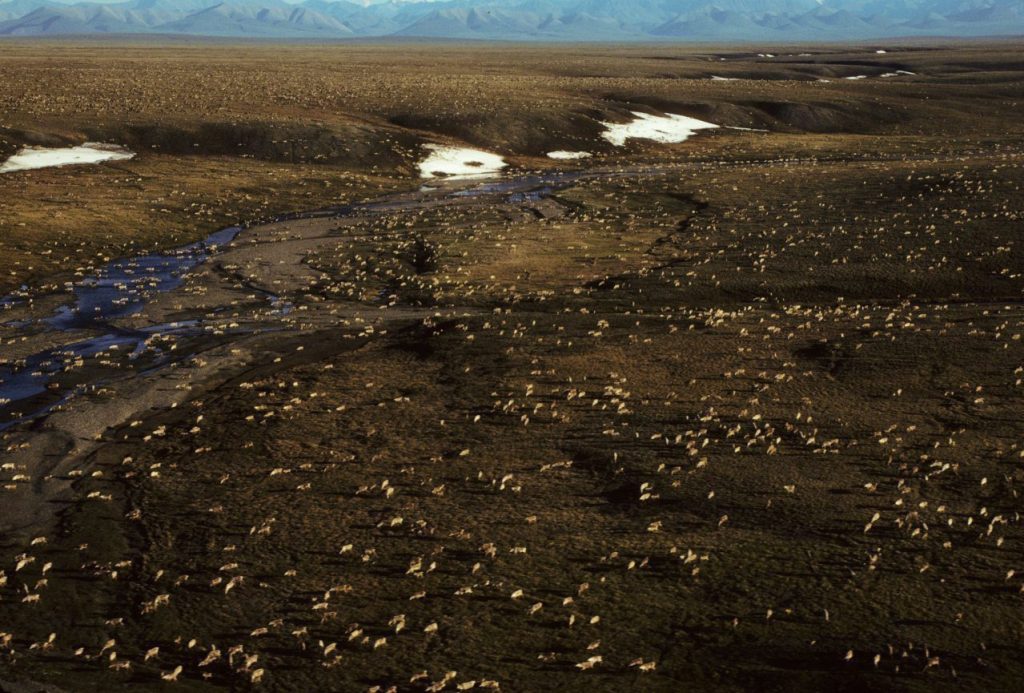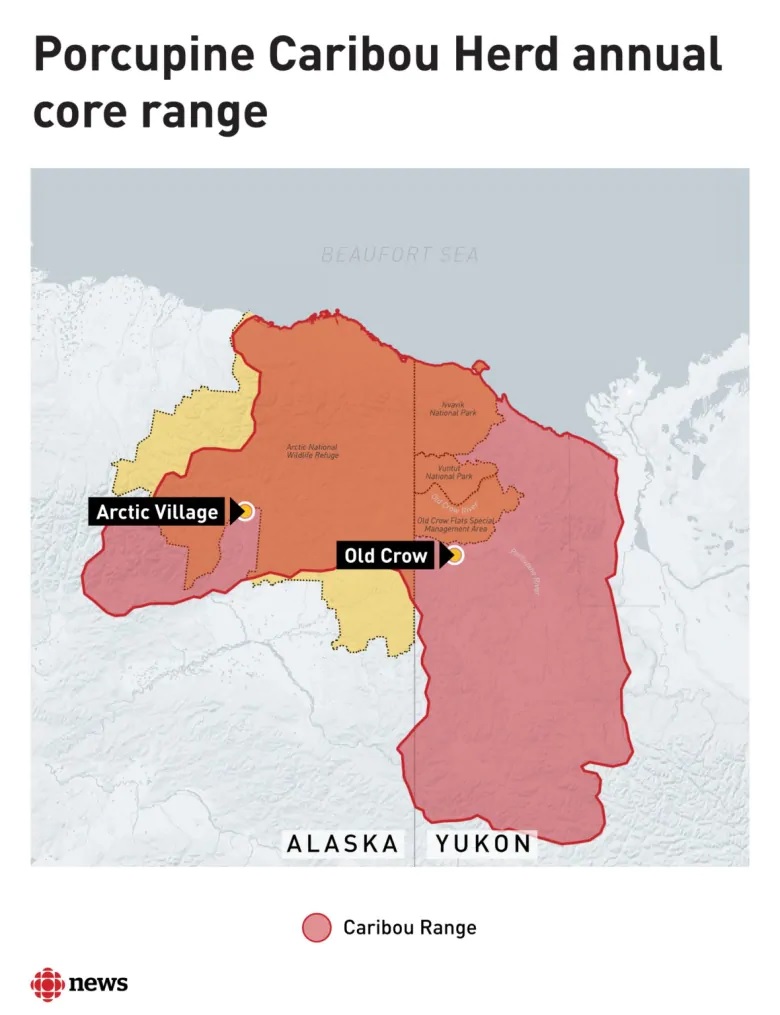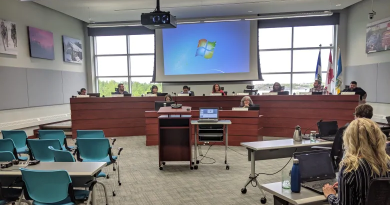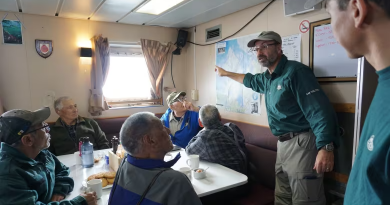Canada’s environment minister concerned about Alaska seismic project impacts on Indigenous communities and trans-border wildlife

Canada’s environment minister says significant concerns remain over proposed development plans in Alaska’s Arctic National Wildlife Refuge (ANWWR) and how they would affect Canadian Indigenous communities and trans-border wildlife.
“Canada has long opposed development in the Arctic National Wildlife Refuge due to the potential impact to the Porcupine caribou herd and to Indigenous Peoples,” Jonathan Wilkinson said in a news release on Tuesday. “Porcupine caribou and their calving grounds are invaluable to the culture and subsistence of the Gwich’in and Inuvialuit peoples.”
(The Inuvialuit are the Inuit who live in Canada’s western Arctic. The Gwich’in are a First Nation whose traditional lands straddle the Canada – U.S. border between the state of Alaska and the neighbouring Yukon territory.)
Marsh Creek East Seismic Exploration project in ANWR was submitted by the Kaktovik Inupiat Corporation (KIC) in Alaska. The Inupiat are an Alaskan Inuit people and KIC is one of the state’s Native village corporations. In Alaska, the Native village corporations own the surface rights on their lands, while the subsurface rights belong to the regional Native corporations, so in KIC’s case, the Arctic Slope Regional Corporation (ASRC).
The land ownership in the proposed survey area is a mix of KIC and ASRC surface and subsurface lands, as well as federal land owned by the U.S. Department of the Interior.

(U.S. Fish and Wildlife Service/AP File/CP)
The project would allow a seismic survey to be done in the coastal plain (1002 Area) of ANWR during the winter season of 2020-2021.
“KIC would like to be the entity that initiates the exploration phase of the 1002 Area as this area represents the interests of the people of the local communities,” the corporation said in its proposal.
The public comment period for the project ended on November 6.
‘Significant risk,’ says environment minister
Wilkinson said the Canadian government has been monitoring the proposed plan’s development and remains worried about the longterm impacts.
“Canada has reviewed the relevant documents, focusing on the impact on species covered by management agreements with the United States—Porcupine caribou, polar bear, and migratory birds—and submitted official comments for the assessment process,” he said.
“In partnership with Indigenous and territorial governments, Canada has continued to raise significant concerns over development plans in the Arctic National Wildlife Refuge. The schedule of this project extends into the time that caribou would arrive for calving in the refuge, and the project would foster future development on their core calving grounds.
“We believe this represents a significant risk for the herd and for the Indigenous Peoples and northerners that depend on it. I will continue to work with federal officials and our domestic partners to raise our concerns and engage with the United States’ review process.”
Decades long fight to protect region

Gwich’in communities on both sides of the border have long fought opening ANWR up to development because of the impacts on the Procupine caribou herd that migrates between Canada and the U.S. The Gwich’in Steering Committee was set up in 1988 to advocate for banning drilling from the region.
The Obama administration had put in place a moratorium on drilling exploration in ANWR, but that was reversed under the Trump administration. In August, Gwich’in leaders and environmental groups decided to sue the U.S. Department of the Interior’s Bureau of Land Management after a leasing program in the region was approved.
Write to Eilis Quinn at eilis.quinn(at)cbc.ca
Related stories around the North:
Canada: Caribou and drilling in ANWR: Canadian research critical of U.S. report, CBC News
Finland: The Arctic Railway – Building a future, or destroying a culture?, Eye on the Arctic
Iceland: Indigenous wildfire knowledge to be key part of new Arctic Council project, Eye on the Arctic
Russia: Russian Indigenous groups call on Elon Musk to boycott company behind Arctic environmental disasters, The Independent Barents Observer
United States: Canadian Gwich’in leaders and conservationists suing U.S. over leasing program for Arctic wildlife refuge, CBC News




That argument sounds like hog washing…
If a small blast, aimed at the ground, to measure the geological formation… Seismology… is so harmful to the wildlife, why do mountain goats/rams duel each other?
Moose, elk, deer, etc…
How close have you been to 20,000 reindeer migrating… thundering hooves!
I’ll wait!
It’s not so much the seismic activity itself, it’s all the machinery that needs to be brought into the area and back out of it that’s the problem. Lots of work crews, heavy trucks, and many many low flying helicopter flights. It’s a big disturbance to caribou trying to have young.